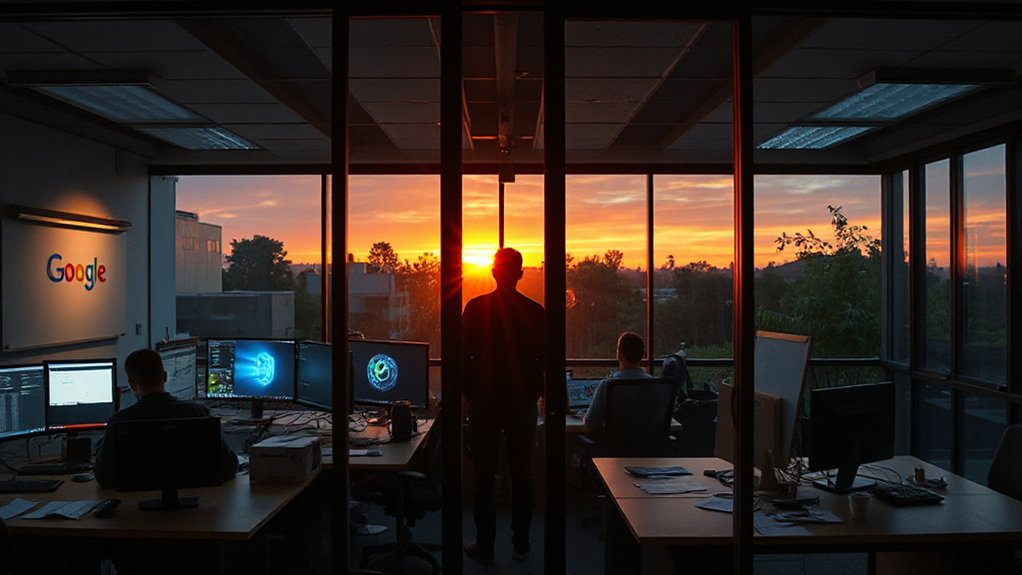As AI-powered search engines become more common, they’re changing how websites appear in search results. New data shows that major brand websites make up only 5 to 10 percent of sources cited by AI search results. Instead, AI systems often pull information from a diverse mix that includes less mainstream websites.
This shift means traditional search traffic patterns are changing dramatically. Experts predict that referral traffic from regular searches could drop by over 50% by 2026. When AI provides direct answers at the top of search results, clickthrough rates for traditional websites can fall by up to 70%. The dramatic rise of GenAI adoption rates confirms this shift, with 92% of Fortune 500 companies now employing these tools.
The inclusion of fringe sources varies depending on several factors. Different AI models, user locations, and question types all affect which sources appear in results. Google has developed a “fringe score” system to evaluate how unusual or risky certain queries might be.
For brands and businesses, this new landscape presents challenges. Well-known companies may find themselves less visible in AI search than they were in traditional search, regardless of their market dominance. Companies that adapt their content to include clear quotes and statistics have seen visibility increase by about 25%. This is particularly important as zero-click searches now account for 60% of all search activity. The black box problem in AI decision-making further complicates understanding how content is selected and ranked in search results.
Despite the inclusion of less mainstream sources, consumer trust in AI remains high. About 62% of users trust AI to help with brand decisions. However, nearly half of users still click on traditional search links even after seeing AI-generated answers.
The impact on local businesses appears mixed. Some benefit from AI’s ability to provide hyperlocal results that include information from various sources. At the same time, position #1 search results experience a 34.5% drop in clicks when AI overview boxes appear.
As AI search continues to evolve, the mix of sources it draws from will likely change too. This dynamic environment means both established brands and smaller websites need to pay attention to how AI systems evaluate and display content from across the internet.
References
- https://digitaloft.co.uk/ai-in-seo-statistics/
- https://www.britopian.com/trends/generative-search-stats/
- https://www.stanventures.com/news/what-googles-fringe-score-reveals-about-risk-in-search-4394/
- https://www.mckinsey.com/capabilities/growth-marketing-and-sales/our-insights/new-front-door-to-the-internet-winning-in-the-age-of-ai-search
- https://reutersinstitute.politics.ox.ac.uk/generative-ai-and-news-report-2025-how-people-think-about-ais-role-journalism-and-society
- https://www.techspot.com/news/110039-researchers-find-ai-search-pulls-internet-fringes-not.html
- https://www.fringelegal.com/iltacon-2025-recap-implementation-over-headlines/









